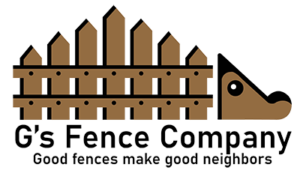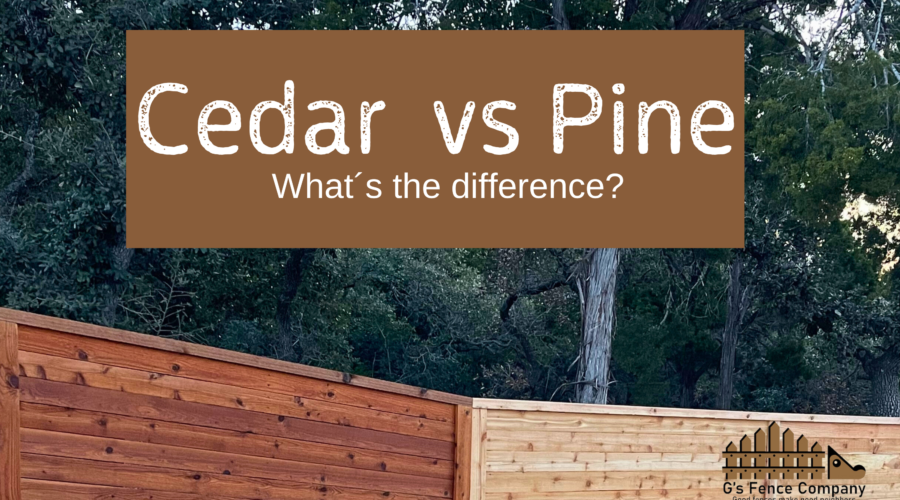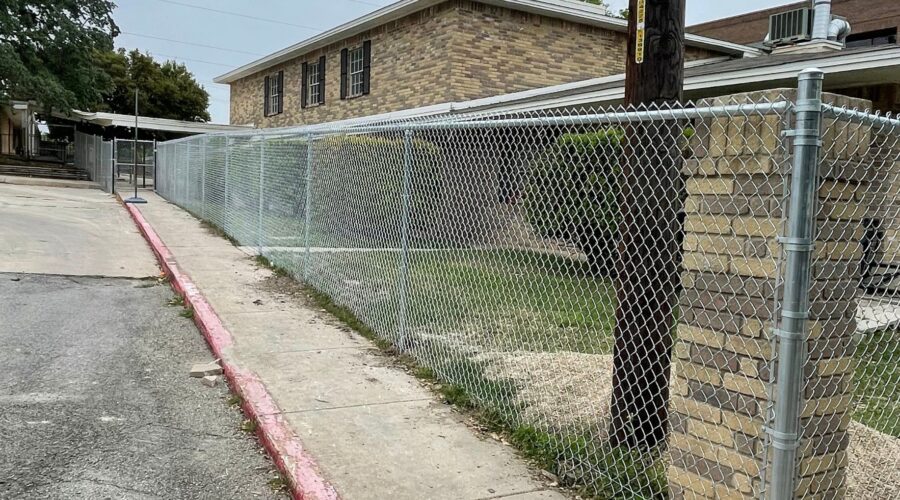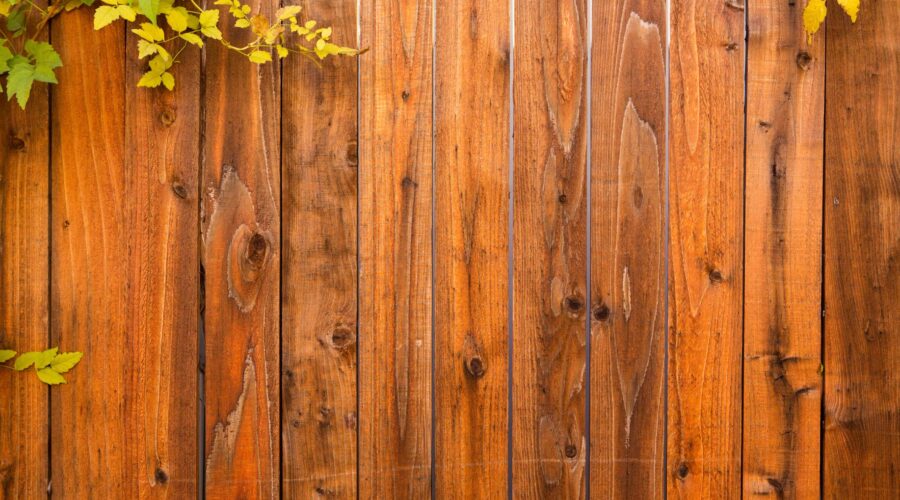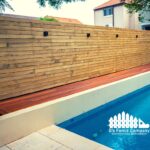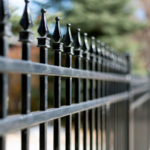Choosing Between Pine and Cedar Wood Fencing: What’s the Difference?
When it comes to fencing materials, homeowners are often faced with a multitude of options. Among these, pine and cedar wood stand out as popular choices, each offering its own unique set of benefits and characteristics. For those considering a new fence installation or replacement in San Antonio, understanding the differences between pine and cedar wood can help make an informed decision that suits both style preferences and practical needs.
Continue Reading